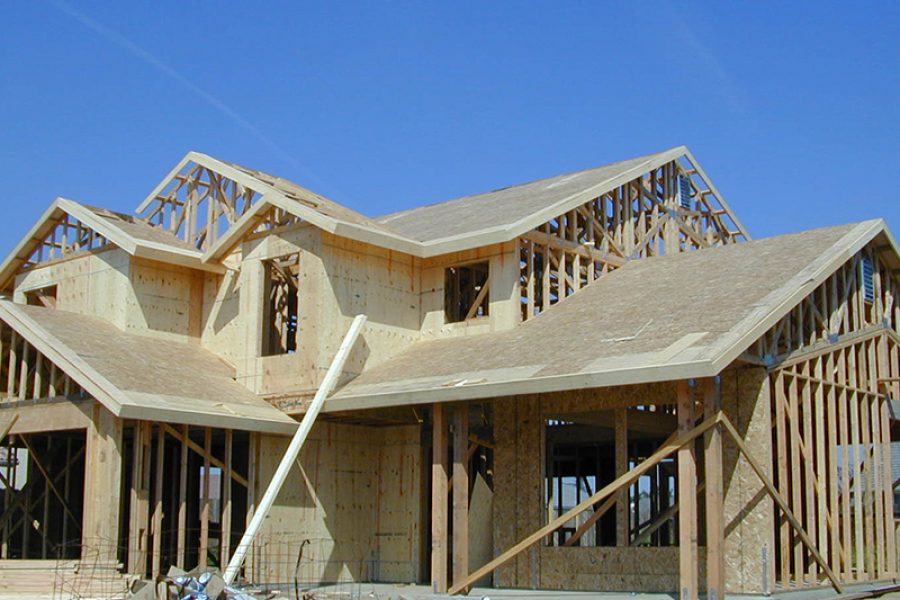Bass has done so through a series of executive directives. Upon taking office in December 2022, Bass signed Executive Directive 1, which instructed city departments to complete reviews of 100% affordable housing applications within 60 days of receipt. At the time, it took city officials an average of six to nine months to conduct such reviews.
How this was done is straightforward, as explained by the city’s planning director in November: “ED 1 projects are reviewed through a ministerial approval process, which provides various streamlining provisions at all stages of project review for projects that comply with objective zoning, including an exemption from various local planning procedures (including hearings and appeals), the California Environmental Quality Act (CEQA), and any non-objective development standards in the Zoning Code or other overlays or plans.”
In other words, ED 1 spares developers of 100% affordable housing projects from the usual array of Byzantine and onerous processes and meetings that aren’t actually necessary, but which create considerable delays and foster uncertainty about whether projects will be approved.
By November 2023, the results of the order were apparent: 50 projects bringing over 4,000 units onto the market were approved under the accelerated system, with an average processing time by the city of 43 days. An additional 55 affordable housing projects eligible for accelerated review were pending before the city, offering to bring another 4,000 housing units online.
With results like that, it raises the obvious question: Why not extend the expedited processes of ED 1 to mixed-income and market-rate housing projects, too?
Read the new Free Cities Center book on housing and homelessness, “Giving Housing Supply a Boost.”
Read Sal Rodriguez’s Free Cities Center article about Portland, Ore.’s housing reforms.
It’s a matter pondered by the Los Angeles Business Council Institute, which produced an analysis last year suggesting that had ED 1 been in place from 2010 to 2022 and extended to all forms of housing, the city would have yielded more than 20,000 additional units.
Importantly, the authors of the report note that allowing more market-rate housing to be built dovetails with the goal of improving housing affordability. “This happens because when higher income households move into new market-rate units, the units they move out of become available to lower income households,” they note.
This is something advocates of affordable housing often miss, but it’s an important point to consider. The problem of high housing costs is ultimately a matter of supply and demand. You can’t bring down housing costs without bringing more housing online.
To this point, in November 2023, Bass signed Executive Directive 7, which recognizes this and seeks to extend further regulatory relief to developers so more housing can be built.
Toward this end, Bass has instructed the heads of the various relevant several city departments to get together and figure out a plan to, among other things, “reduce processing timelines for permit and clearance related services between 25% and 30% respectively for qualified mixed-income housing projects.”
This will take some time given all of the city bureaucracies involved: the Department of City Planning, Department of Building and Safety, Department of Recreation and Parks, Department of Transportation, Department of Water and Power, Urban Forestry Division, Los Angeles Fire Department, Los Angeles Housing Department. Oh, and the various bureaus under the Department of Public Works, namely the Bureau of Contract Administration, Bureau of Street Lighting, Bureau of Engineering, Bureau of Sanitation and the Bureau of Street Services.
The need to streamline housing approvals mirrors the similar realization city officials in Portland, Ore., have had over the last couple of years. There it took a particularly motivated City Council to beat back the featherbedding concerns of city bureaucracies which have long stalled development there. The city has come up with a plan to consolidate and streamline permitting processes.
Now, while Bass’ efforts are overall laudable and directionally correct, there have been some stumbling blocks. In response to some public pressure, Bass walked back the applicability of ED 1 in June 2023 to exclude projects “in a single family or more restrictive zone.” This cuts off developers from getting relief under ED 1in a vast proportion of the city and it has already resulted in legal spats over projects.
Developers have also been reportedly dissuaded in the city due to the implementation of Measure ULA, which was approved by city voters in 2022 to impose additional taxes on the sales of real estate worth $5 million or more. While the campaign for the measure highlighted mansions as the target, the measure applies to larger properties like apartments as well.
In October, the Los Angeles Business Journal reported that real estate sales plummeted since the implementation of ULA and highlighted the stories of developers looking elsewhere to do business. “If ULA remains, more local developers and real estate owners may do the same, rethinking doing business in Los Angeles and looking elsewhere,” Brynn Shaffer reported.
The picture in Los Angeles, then, is a bit mixed. While Mayor Bass is broadly doing the right thing in focusing on streamlining the process for housing to get built, it’s important that she and other city leaders not succumb to pressures to slow down the streamlining efforts. And that’s especially so as long as other counterproductive policies like Measure ULA and the city’s longstanding rent-control ordinance are on the books.
Sal Rodriguez is opinion editor for the Southern California News Group and a senior fellow with the Pacific Research Institute. He is the author of Dynamism or Decay? Getting City Hall Out of the Way, published by the Pacific Research Institute.


